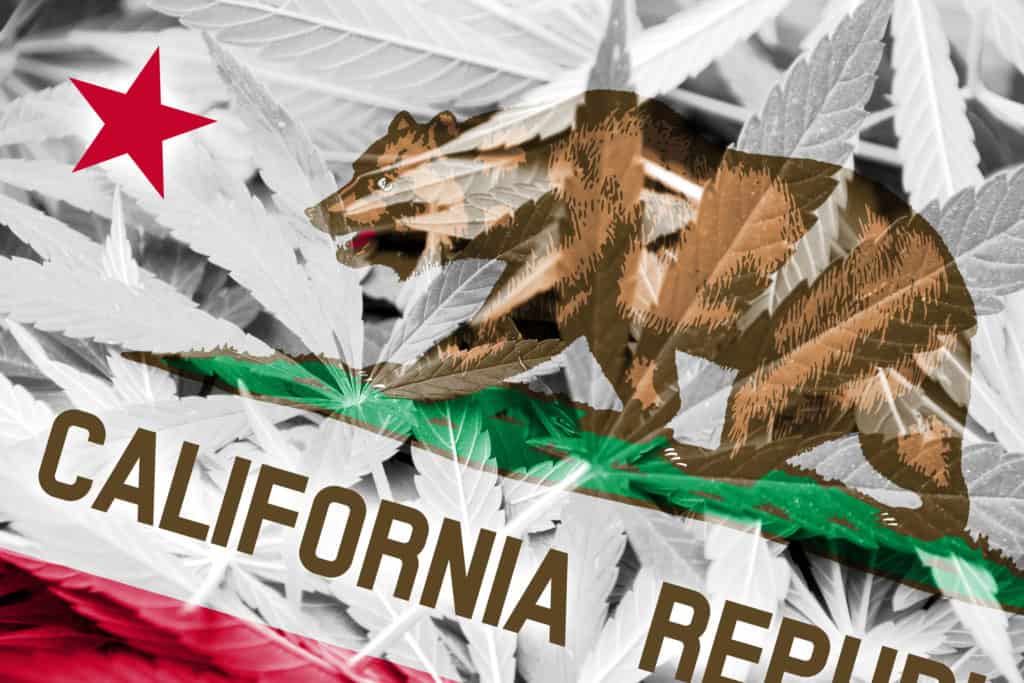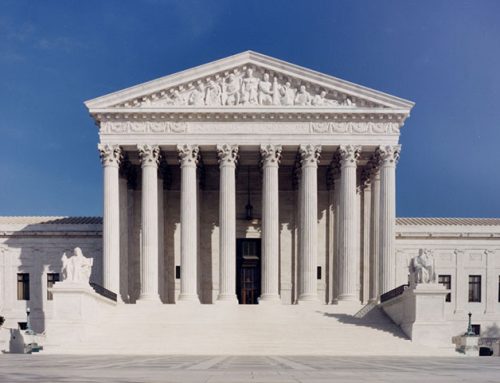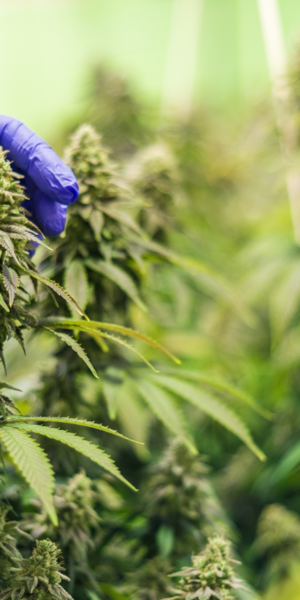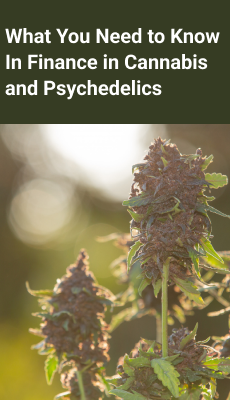California’s Cannabis Tax Hike Could Break the Legal Market — Just as It Was Starting to Stabilize
LOS ANGELES- California’s legal cannabis market, already strained by price compression, regulatory overload, and illicit competition, took another hit on July 1 as the state’s cannabis excise tax officially jumped from 15% to 19%. The increase, part of a 2022 legislative compromise, is being called a potential death blow by operators and advocates who have been warning lawmakers for months.
“This tax could kill this industry,” said Assemblymember Matt Haney, who introduced a bill to roll back the increase. “California is going to forfeit what should have been a huge opportunity for our state.”
Haney’s Assembly Bill 564, which would return the tax to 15% until 2031, passed the Assembly unanimously in May and is now awaiting action in the Senate. Governor Gavin Newsom has said he would sign it — but time may be running out for many small businesses.
From Relief to Reversal
The increase was triggered by the expiration of a three-year freeze that began in 2022 when California eliminated its unpopular cultivation tax. That change was meant to give growers a breather while the state assessed broader reforms — but instead, the excise tax hike was quietly baked in to replace the lost revenue.
Despite support from Newsom and Assembly Speaker Robert Rivas to extend the freeze, the plan was blocked in budget negotiations by Senate President Pro Tem Mike McGuire, whose district includes much of the Emerald Triangle.
“Taxes on California’s overregulated cannabis industry have been a train wreck for years,” McGuire said in a statement, citing the need to protect state-funded programs from a projected shortfall.
But many in the cannabis industry argue that clinging to short-term tax revenue at the expense of long-term market health is a losing strategy.
Legal Sales Plunge as Illicit Market Persists
Legal cannabis sales in California have cratered. According to state data, taxable sales fell to $1.09 billion in the first quarter of 2025 — a 30% decline from their peak in early 2021, and the lowest in five years.
The causes are well-known: oversupply, inconsistent access to retail due to local bans, and steep taxes that raise consumer costs by more than 30% in many cases. Meanwhile, the illicit market — with no such burdens — continues to thrive. The California Department of Cannabis Control estimates legal sales account for less than 40% of all cannabis consumption in the state.
Genine Coleman, founder of the Origins Council, called the situation dire for legacy producers and small farms.
“I’ve never experienced collective malaise like this,” she told the AP. “People are so concerned with their survival and so deflated. It’s a dangerous space.”
A Policy Dilemma With No Easy Answers
Supporters of the tax hike, including environmental and child care advocates, argue that cannabis taxes are vital for public programs promised under Prop 64. But even some of those supporters admit the industry is teetering.
“At what point do we stop cutting taxes to benefit the industry?” asked Tom Wheeler of the Environmental Protection Information Center, which opposed the freeze. “This was a poor time to say, ‘let’s starve the state even more.’”
But industry leaders maintain that there’s nothing left to give.
“The math isn’t there,” said Amy O’Gorman Jenkins of the California Cannabis Operators Association. “You can’t squeeze blood from a stone.”
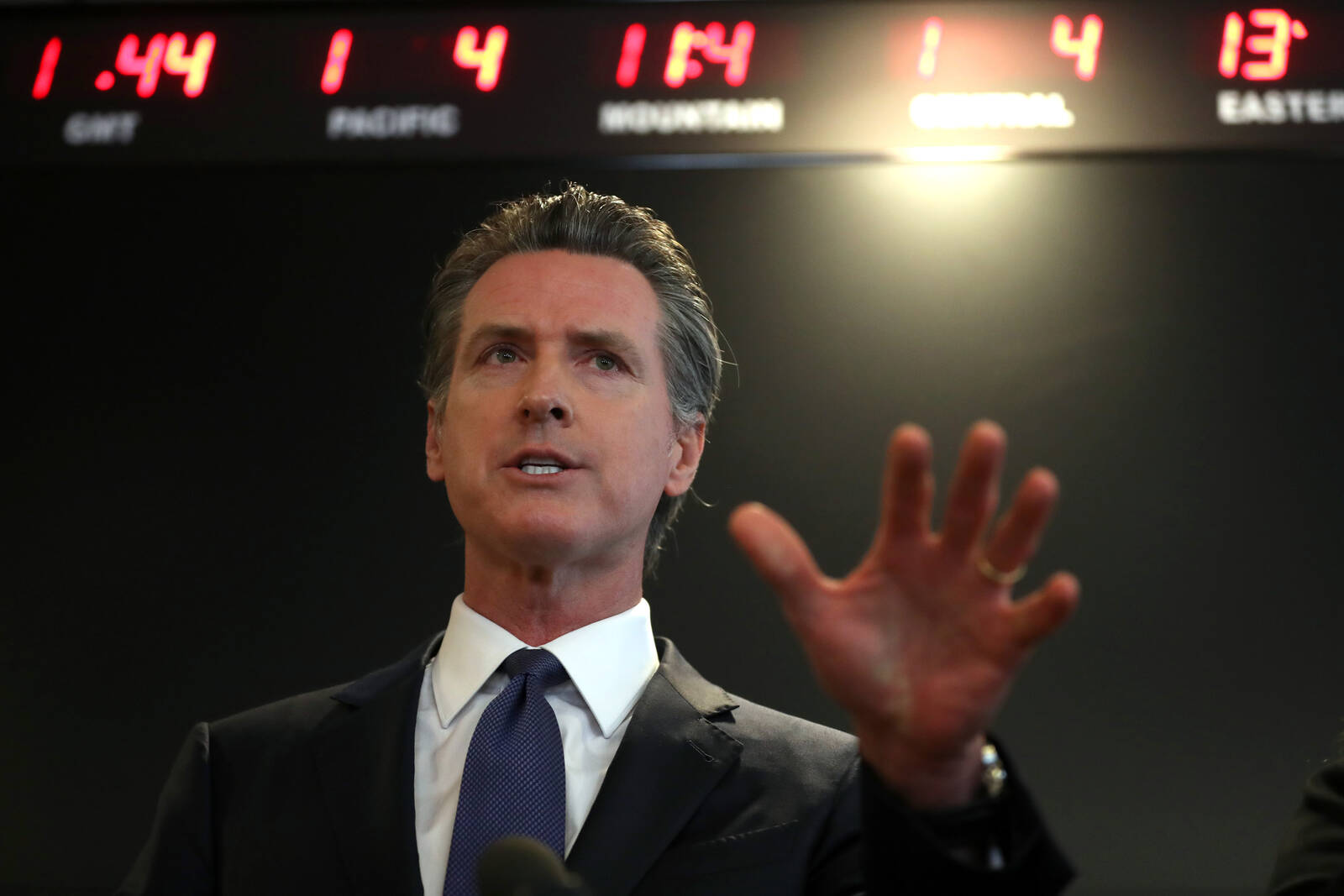
SACRAMENTO, CALIFORNIA -California Gov. Gavin Newsom speaks during a news conference at the California Department of Public Health in Sacramento, California.
What’s Next?
The fate of AB 564 now rests with the California Senate. If passed and signed into law, it would restore the 15% rate for six years — offering a lifeline to struggling operators. But for now, the tax is 19%, and businesses are recalculating how — or whether — they can continue to survive.
California’s legal cannabis industry was once heralded as a national model. Today, it’s becoming a warning: that even the most promising markets can be crushed under the weight of policy decisions that ignore on-the-ground realities.
This article includes reporting from the Associated Press. For more analysis on California cannabis policy and market trends, follow the Highly Capitalized Network.











